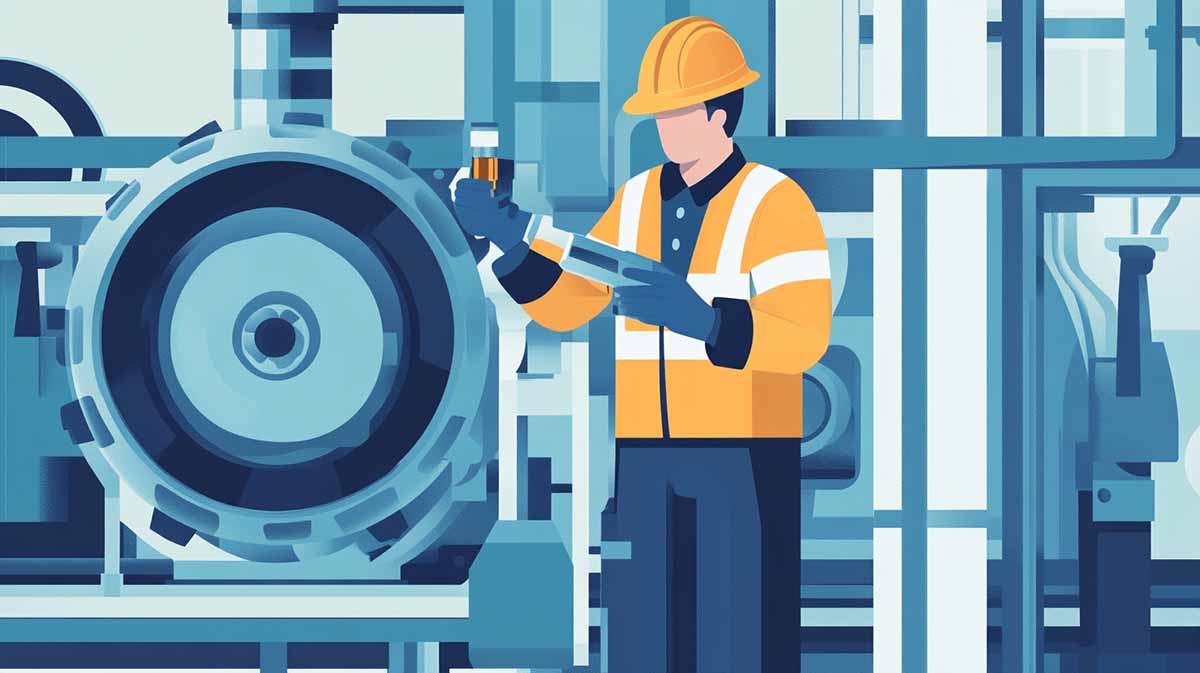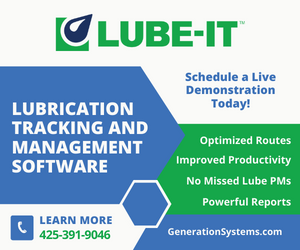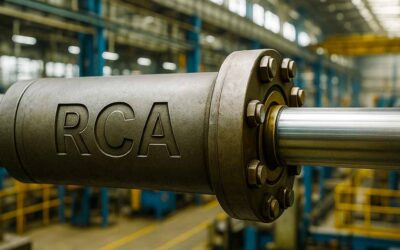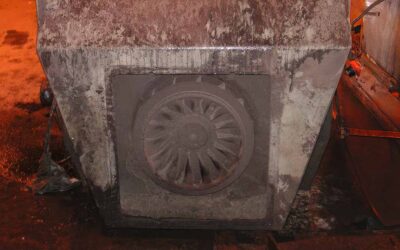Autonomous maintenance is a strategy in which operators are trained and authorized to carry out routine maintenance tasks. It ensures continuous machine operation and immediate response to potential issues. Autonomous maintenance is a pillar of Total Productive Maintenance (TPM).
To understand autonomous maintenance, think of it as empowering machine operators to take charge of their equipment’s basic upkeep and health, much like how you might take care of your car to prevent breakdowns before needing to visit a mechanic.
The Big Picture: What is Maintenance?
Maintenance in an industrial setting is like ensuring all the tools and machines in a plant are working well so they don’t suddenly stop working or break down in the middle of a job. Typically, maintenance was the responsibility of specialized maintenance teams who were called in when something went wrong, just like you would call a mechanic when your car breaks down.
What Makes Maintenance “Autonomous”?
Autonomous maintenance shifts some of that responsibility to the machine operators rather than relying solely on maintenance specialists. It’s like learning to do essential car maintenance yourself—checking the oil, inflating the tires, cleaning the engine—so you don’t have to go to the mechanic for every little thing. This way, you can prevent bigger problems before they start.
The Steps Involved in Autonomous Maintenance
To break it down, autonomous maintenance typically involves the following steps, each one building up the operator’s capability to take care of their machine:
- Initial Cleaning: Just like you might start by cleaning your car and checking for any obvious signs of wear, operators begin by thoroughly cleaning their equipment. This helps them learn about the machine and spot potential issues, like leaks, wear and tear, or loose bolts.
- Eliminate Sources of Contamination: After cleaning, operators work to eliminate the sources of dirt and grime that can cause problems. In your car, this might be like making sure you park in a clean garage and use good-quality fuel to avoid engine issues.
- Establish Cleaning and Lubrication Standards: Just as you might set a schedule for changing your car’s oil or rotating its tires, operators establish routines for regular cleaning, lubrication, and minor adjustments. This keeps the machine in top condition.
- Conduct Inspections: This step is about learning to identify problems early, like how you might listen for unusual noises in your car’s engine or check for strange smells that might indicate a problem. Operators use checklists to inspect their machines regularly, looking for signs that something might need attention.
- Develop Skills: Over time, operators learn more about their machines, much like how you might learn to handle more complex car maintenance tasks as you become more comfortable working on it. This step often involves additional training.
- Sustain and Improve: The final step is about making this process a regular part of the work routine, much like how keeping your car in good shape becomes a habit. Operators continuously monitor their machines, make improvements, and work to prevent problems before they arise.
Why Is Autonomous Maintenance Important?
Autonomous maintenance is essential because it can prevent breakdowns and improve machinery efficiency and lifespan. When operators are more involved in the upkeep of their equipment, they can catch issues early before they become significant problems. This reduces downtime (the time when machines are not working due to breakdowns) and increases productivity.
Imagine if everyone who drove a car knew how to do basic maintenance—there would likely be fewer cars breaking down on the road, fewer emergency visits to the mechanic, and vehicles would generally last longer. The same principle applies to industrial machines.
Benefits of Autonomous Maintenance
- Reduced Downtime: Since operators can catch and fix small issues before they become big problems, the machines are up and running more often.
- Increased Efficiency: With machines in better condition, they work more smoothly, leading to better performance and less waste.
- Empowered Workforce: Operators feel more in control and responsible for their work, which can increase job satisfaction and motivation.
- Cost Savings: Preventing breakdowns and prolonging the life of machines can save money in the long run.
In summary, autonomous maintenance is like teaching machine operators to be the caretakers of their equipment, much like a car owner who takes pride in keeping their vehicle in top shape. By empowering operators to handle routine maintenance tasks, companies can improve their machines’ reliability, efficiency, and lifespan, ultimately leading to better productivity and lower costs.











